This article was reproduced from the autocarweekly subscription account.
Author: Du Debiao
Manufacturing MPVs is a technical job.
This “technology” does not refer to the traditional three major components, but rather to awareness. Taking two examples from joint venture brands, A has invented a third row fishing seat, while B has a newly launched product this year, which features a “first-three-row dedicated microphone” communication path.
These are details that fall outside the core scope of technology, but if you are not a professional MPV manufacturer, it is probably difficult to be aware of these user pain points and try to impress you with three-dimensional data and those well-known configurations.
This may be why, as pure electric vehicle products rush into the market, pure electric MPVs always choose to be absent. In addition to the challenge of weight affecting endurance, another obstacle is how to present an “intelligent MPV,” which most manufacturers seem to lack inspiration for.
Especially in today’s game rules of pure electric brands starting at a high-end level, MPVs can only choose to go high. However, “alternative” still exists. A few MPV manufacturers, based on years of manufacturing experience, are able to find inspiration from subtle scenes and transform them into creative ideas presented in an intelligent MPV.
For example, the world’s first full-size luxury intelligent electric MPV, MIFA 9, from SAIC MAXUS.
Not long ago, the Guangzhou Auto Show was dominated by electric sedans and SUVs, but MIFA 9 has its own voice and traffic, not only because it is one of the few all-electric MPVs at this “pseudo EV feast,” but also because it has its own exclusive understanding of “intelligent transformation of traditional MPVs.”
This is not easier than L4 autonomous driving because there is no precedent to follow. Mr. Musk is busy improving his truck wiper and cannot provide templates for colleagues, so the industry lighthouse and dark lights do not exist.
At the level of the segmented market, the process of creating MIFA 9 by SAIC MAXUS from 0 to 1 is original.
Minimalist intelligent performance
If the goal of autonomous driving is to free up hands, then the purpose of an intelligent MPV should be to free up limbs. Of course, when it comes to ease of use, voice control is no more convenient than one-button operation.The mission of MPV is to serve the second and third row passengers meticulously. With the current trend, if EV cars are also crazily exploring the edge of “living and traveling together”, then MPV should officially enter this category.
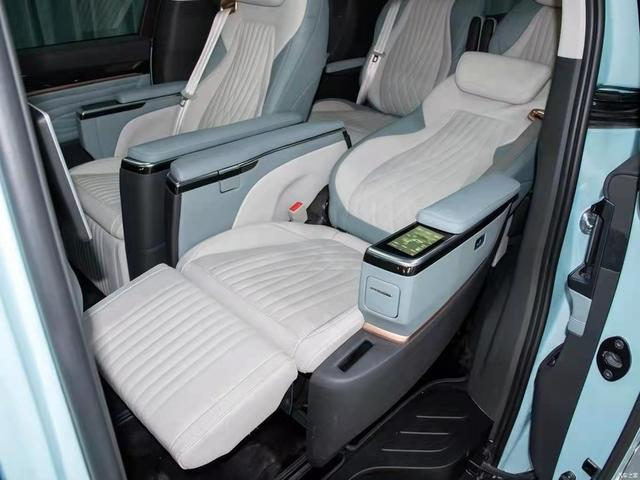
And that’s exactly what MIFA 9 does. The second-row seats can be laid flat and can automatically combine into a “double bed” when the left and right seats can be electrically adjusted horizontally. Moreover, they can be flat with just one click. Comfort is certainly the goal, but high automation is the form that must be followed.
The concept of “pure automation” for future automobiles may still have controversies of excessive consumption, but in MPV, this concept is probably self-evident. Every MPV owner may have experienced the process of placing large items, adjusting the second row first, and then adjusting the third row. If divided, the 2/4 split second row needs to be adjusted twice, and the third row also needs to be adjusted twice.
On MIFA 9, putting an elephant into the refrigerator only takes one step: in the “space mode”, the second and third rows can be automatically linked with one click, and pushed to the front automatically, freeing the largest trunk space.
This kind of function derived from specific scenes is easier to accept than the substitution of energy and driving forms, and it has the flavor of taking from the people and using for the people.
The same concept also appears in the driving assistance system of MIFA 9.
SAIC Maxus did not deliberately emphasize the automatic driving level of MAXUS-Pilot. In the eyes of professional MPV manufacturers, the truly important data are only the three-dimensional dimensions, and the truly important thing is to solve the (configuration) of the car usage scene itself.
SAIC Maxus said that the pilot functions already on the market can be achieved on MIFA 9, such as point-to-point assisted driving, intelligent speed control throughout the journey, automatic overtaking, entering and exiting ramps, and achieving high-speed automatic driving and so on. However, they still highlight two targeted scenario functions.
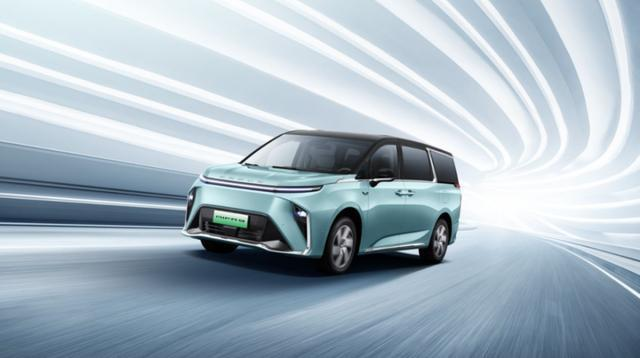
One is narrow road passing, which does not refer to narrow roads in a broad sense, but refers to alleys and lanes, such as obstacles that may come into close contact at any time, which can be avoided by retreating and avoiding both sides. This comes from SAIC Maxus-Pilot’s deep learnable neural networks. Even if it is futures, it is one of the most anticipated futures in 2022. Compared with the popular scene needs solved by automatic parking, narrow road passing challenges the limitations of MPV itself.
 If you think about the possibility of automatic parking, MIFA 9 has depicted an achievable future, for example, MAXUS-Pilot will constantly scan and monitor a 150-square-meter environment around the vehicle. From this number, one can infer a series of intelligent driving functions and technologies such as pedestrian protection and high-resolution visual perception systems. Regarding parking functions, it can ensure automatic “parking” in the absence of parking lines.
If you think about the possibility of automatic parking, MIFA 9 has depicted an achievable future, for example, MAXUS-Pilot will constantly scan and monitor a 150-square-meter environment around the vehicle. From this number, one can infer a series of intelligent driving functions and technologies such as pedestrian protection and high-resolution visual perception systems. Regarding parking functions, it can ensure automatic “parking” in the absence of parking lines.
These two scenarios also have experimental significance, accumulating original data, and simulating high-difficulty static scenes as a rehearsal for full-scenario autonomous driving. Narrow road passing “simulates” street road conditions. The parking function does not require parking line guidance, which is close to a generalized autonomous driving.
Of course, the premise is that the parking space can accommodate a behemoth with a length of 5270 mm and a wheelbase of 3200 mm.
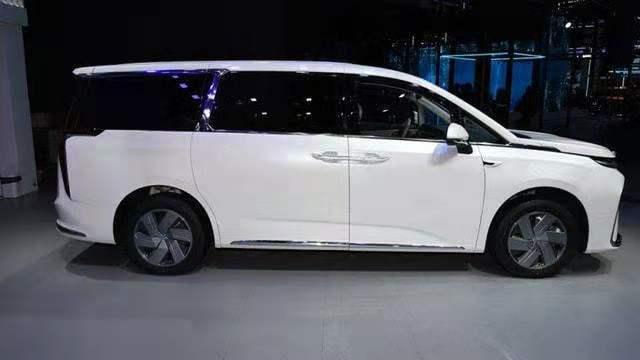
If in the past, MPVs competed in delicacy and humanization, in the EV era, it is the iteration in the name of energy. However, it is necessary to maintain the connection with the “old version” because compared with other categories, such as 7-seat SUVs, MPVs pay more attention to the service quality of the rear passengers. Therefore, traditional virtues such as multi-functional seats are still indispensable.
This makes the newly born “Intelligent Electric” MPV naturally put in the same arena as fuel or hybrid MPVs, and given the highly automated performance that MIFA 9 currently presents, perhaps MIFA 9 will be the MVP in the MPV market in the near future.
Creating an intelligent electric MPV requires versatile genes
By comparison, the highlights of “infrastructure” are routine operations for MIFA 9.
In addition to its large size and rich seating functions such as heating/ventilation/massage/leg support, it keeps up with the times in terms of human-vehicle interconnection. The car is equipped with ten screens, which are driven by Qualcomm 8155 and MediaTek 8666 dual-core and interconnec t with each other.
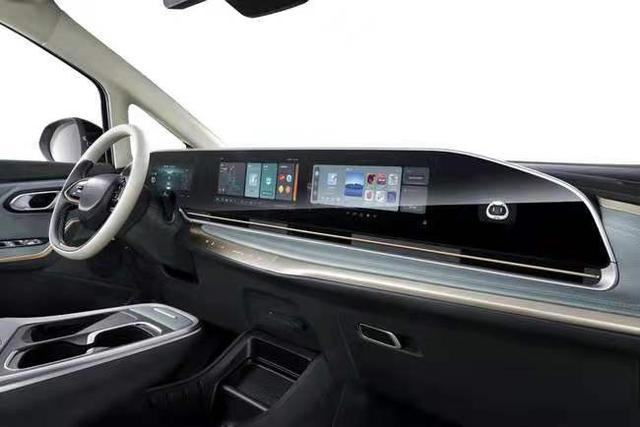
Of course, the most anticipated performance is the endurance. SAIC-GM has stated that the first model of MIFA 9 is equipped with a 90-degree CATL lithium battery, with a range of 520 kilometers. As a mid-to-large MPV, the 17.9 kW·h/100 km power consumption is quite efficient, and a long-range version of 650 km will be launched in 2023.The versatility of MIFA 9 is also applicable to describing SAIC Maxus, whose versatility comes from a focus on the MPV sector for 7 years. SAIC Maxus has now covered various MPV segments, including commercial use, ride-hailing, family use, and motorhomes, with a cumulative sales volume of 220,000, and has entered overseas markets such as Europe, Australia, New Zealand, South America, the Middle East, and ASEAN.
What is more important than results is practical experience. For example, based on the motorhome and luxury business MPV, SAIC Maxus has gained a deeper understanding of the customization and multifunctionality of MPVs.
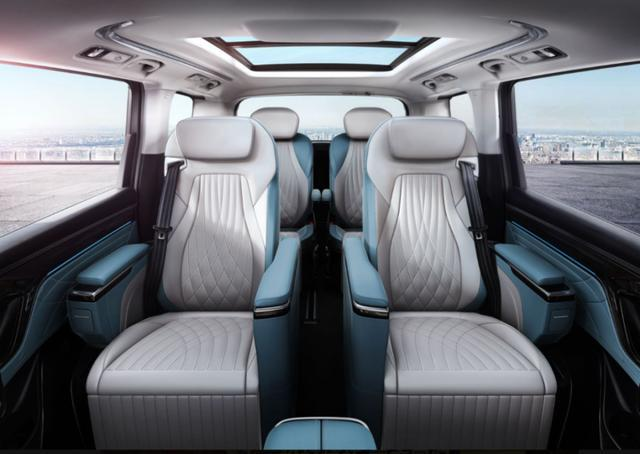
There is no love or inspiration without reason. When visitors to the Guangzhou Auto Show experienced the one-key linkage of the two-row seat function of MIFA 9, it was because of the understanding and confidence of SAIC Maxus in the MPV usage scenarios.
Now, one of the labels that SAIC Maxus gives itself is “China Automotive Customization Expert,” fully satisfying personalized demands. This confidence comes not only from the complete vehicle platform that considers flexibility, customization, and expansion capabilities but also from the new energy products, which are mainly based on traditional energy sources such as gasoline, diesel, hybrid, pure electric, and hydrogen energy. It also comes from the “co-creation philosophy” upgraded from customization experience.
For example, before the launch of MIFA 9, SAIC Maxus invited users to participate in co-creation, allowing users to be “in close contact” with products from product design to naming and pricing.

This is not just through app interconnection but based on the SAIC Maxus Nanjing C2B intelligent customization factory, which integrates digitalization, Internet of Things, and intelligence, enabling users to participate in the development and debugging process before the product is launched.
One practical example is that it was the interaction with users during the debugging process that allowed SAIC Maxus to lower the side windows of the MIFA 9 sliding doors to the lowest in the industry, thus forming the final version of the landing window, providing users with a “fully lowered” super cool experience.
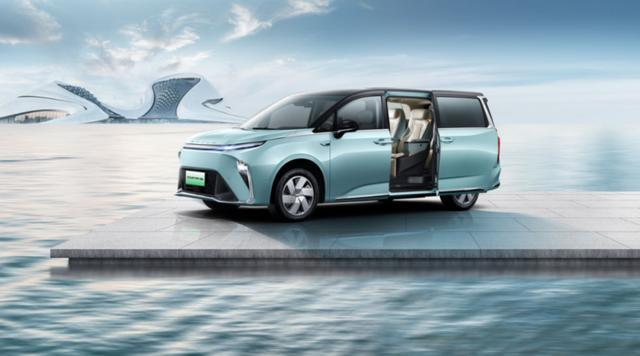
The price of MIFA 9 announced at the Guangzhou Auto Show is RMB 269,900, RMB 329,900, and RMB 379,900, indicating that given the specifications of the MPV and the cost of its built-in batteries, it cannot take the civilian route but must carry more luxurious attributes.
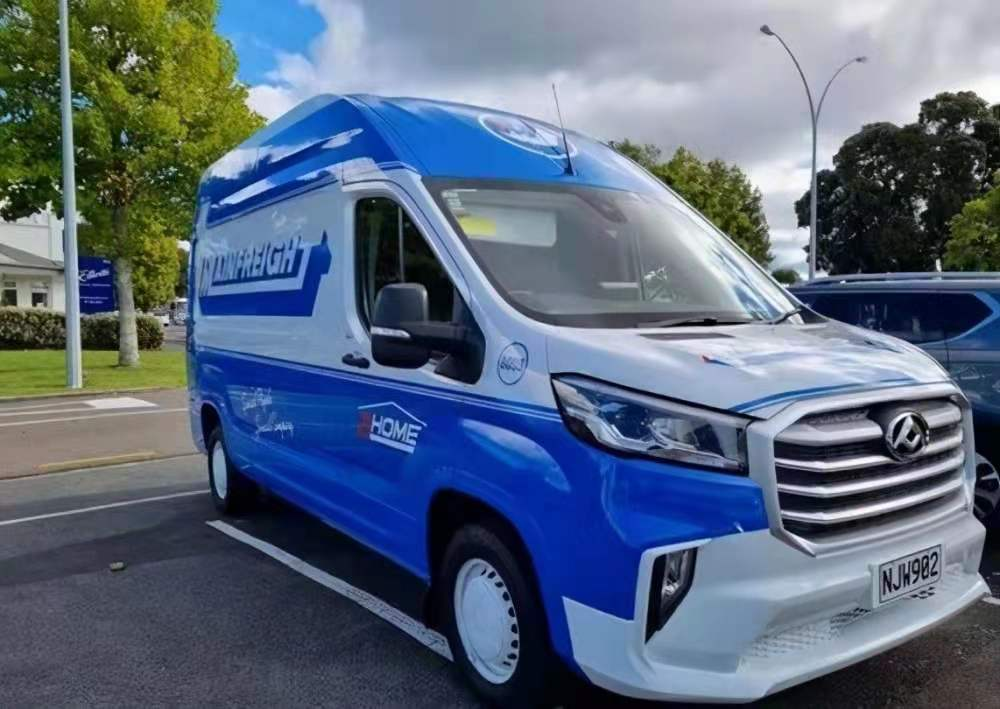
However, the halo effect of the MPV customization expert has already earned SAIC Maxus more recognition in overseas markets. For example, the MIFA9 is priced at 59,990 Norwegian Krone (~$6,863 USD), €59,990 Euro (~$68,075 USD) and £49,990 GBP (~$67,370 USD) in Norway, EU and the UK respectively.
Translated into RMB, this marks a reversal of the high premium previously paid by Chinese consumers for international brand exports.
On one hand, this is due to the brand’s own halo, on the other hand, the MPV category also has its own unique features. Similarly, as for some American MPVs in China, only professional automotive companies can think of which user-friendly details to improve upon. However, intelligent pure electric MPVs present a new challenge that requires both accumulated knowledge and creativity. With each iteration of product development, the focus remains on accumulation.
It may still be too early to predict the industry position of the MIFA 9, but as a trendsetter in the field of MPV customization, SAIC Maxus has demonstrated its originality. What we need are not Musk’s fanatics, as there are already too many of them. What we need are more figures like Scaringe (founder of Rivian). Therefore, one day SAIC Maxus may upgrade from being an “automotive customization expert” to a “smart electric MPV manufacturing expert”.
This article is a translation by ChatGPT of a Chinese report from 42HOW. If you have any questions about it, please email bd@42how.com.